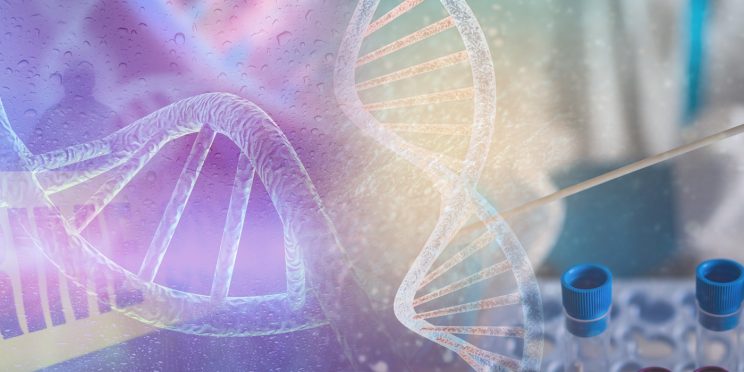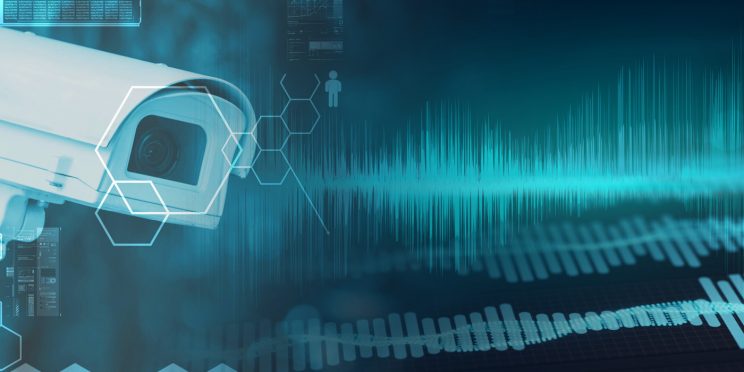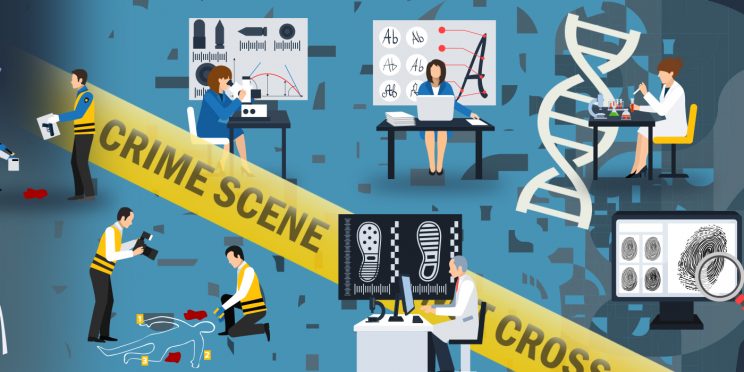Original Release Date: December 16, 2022
In the final episode of our Case Studies: Part 2 mini season, Just Science sat down with Dr. Thomas Gilson, Dr. Harmeet Kaur, and Hristina Lekova with the Cuyahoga County Medical Examiner’s Office, to discuss a puzzling case in which the identity of a decedent from 2014 still remains unknown.
Since 2011, it has been uncommon for the Cuyahoga County Medical Examiner’s Office to have a case in which a decedent remains unidentified for an extended period of time. In the case of an unidentified body found in Lake Erie, forensic scientists have utilized techniques such as fingerprinting, DNA matching, facial reconstruction, and more, in attempts to give this individual his name back. Listen along as Dr. Gilson, Dr. Kaur, and Hristina discuss details of the Lake Erie case, the wide range of resources used for human identification, and the benefits of allowing medical examiners and forensic scientists to work in close proximity.
This episode of Just Science is funded by the National Institute of Justice’s Forensic Technology Center of Excellence (Award #: 15PNIJ-21-GK-02192-MUMU).
Some content in this podcast may be considered sensitive and may evoke emotional responses, or may not be appropriate for younger audiences.
View or download the episode transcript here:
Transcript
Episode Citation
McKay, J., Gilson, T., Kaur, K., & Lekova, H. (2022, December 16). Just Science. Just Identifying Lake Erie John Doe. [Audio podcast episode]. The Forensic Technology Center of Excellence. https://forensiccoe.org/podcast-2022-case-studies-part2-ep4/
Related Resource
Guest Biography
Dr. Thomas Gilson is the Cuyahoga County Medical Examiner and Director of the Regional Forensic Science Laboratory. Dr. Gilson is a forensic pathologist and was appointed the Medical Examiner in 2011. He received his training in general pathology at the University of Cincinnati and subspecialty training in forensic pathology at the Office of Chief Medical Examiner for the City of New York. Dr. Gilson is a graduate of the Medical College of Pennsylvania (M.D.) and St Joseph's University (B.S.) in Philadelphia. His research interests include the application of forensic medicine to public health.
Dr. Harmeet Kaur is the Managing Laboratory Director of the Cuyahoga County Regional Forensic Science Laboratory, and the Laboratory Director of the Parentage & Identification Unit under the Cuyahoga County Medical Examiner’s Office. Dr. Kaur is a forensic scientist with expertise in Forensic DNA and DNA relationship testing. She joined the Cuyahoga County Coroner’s Office (now Medical Examiner’s Office) in 2007. She is responsible for managing daily operations of the Cuyahoga County Regional Forensic Science Laboratory and directing all operations of Parentage & Identification Laboratory.
Hristina Lekova is a Supervisor of the Parentage and Identification Department at the Cuyahoga County Regional Forensic Science Laboratory as a part of Cuyahoga County Medical Examiner’s Office. Hristina is a Forensic DNA Scientist. She received her training in relationship testing at Indiana University Purdue University-Indianapolis. She joined the Office of the Medical Examiner in 2007. She received her master’s degree in Biotechnology from Sofia University in Sofia, Bulgaria. Her interests include new methods for DNA extraction and purification from challenging samples such as old bones and formalin fixed tissue.
The opinions, findings, and conclusions or recommendations expressed in this podcast episode are those of the presenter(s) and do not necessarily reflect those of the U.S. Department of Justice.
Contact us at ForensicCOE@rti.org with any questions and subscribe to our newsletter for notifications.




